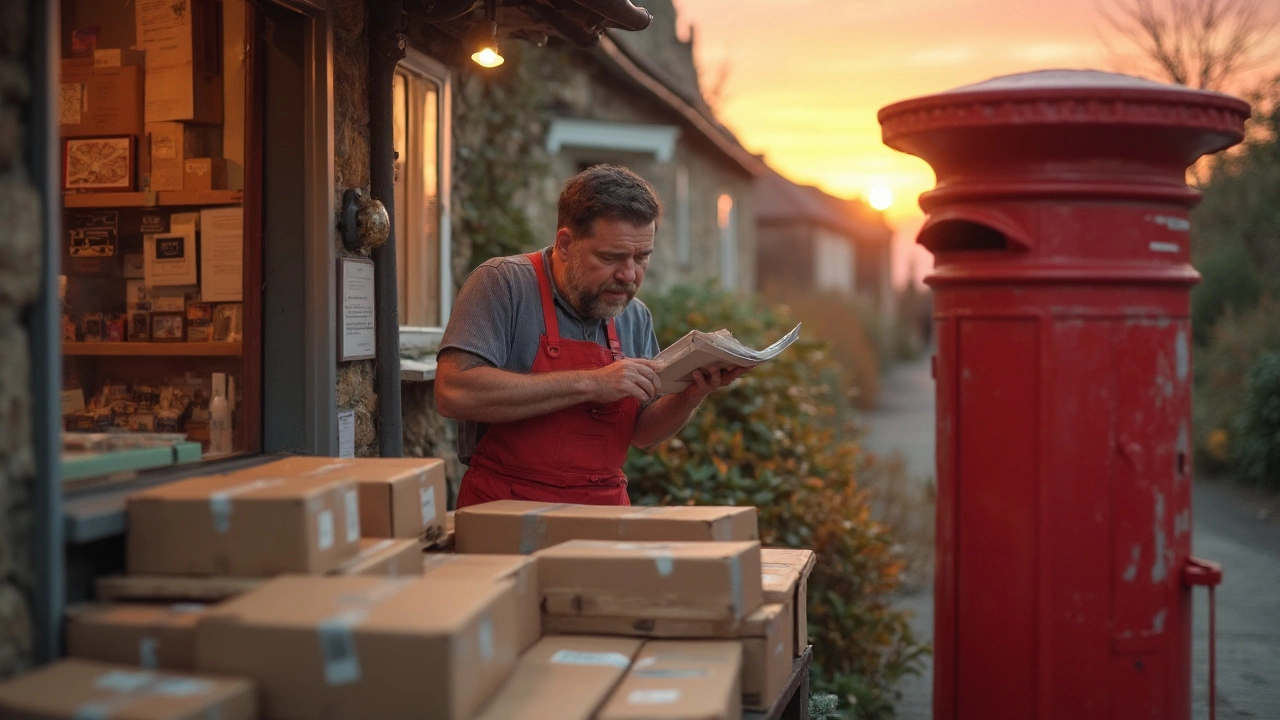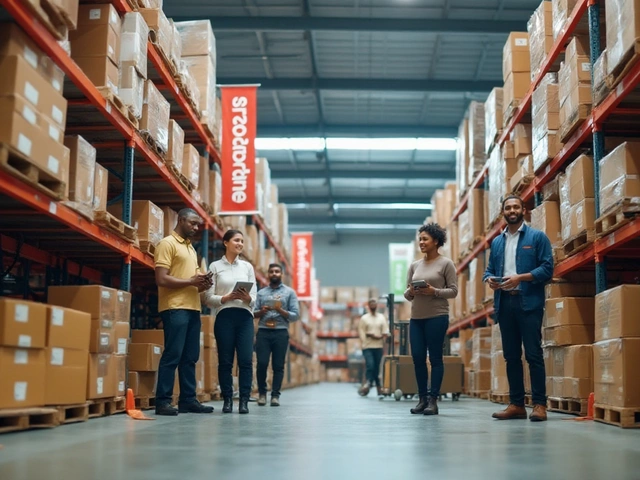Packaging for Shipping: Simple Tips to Keep Your Items Safe
Got a package that needs to travel miles? The secret to a smooth delivery isn’t magic – it’s the right packaging. Whether you’re sending a fragile vase, a stack of books, or a bulky appliance, a few smart choices can stop damage, lower costs, and keep the process stress‑free.
Pick the Right Box and Materials
First thing’s first: the box. Pick one that’s sturdy enough for the weight but not so big that the item rattles around. If you’re reusing a box, check for dents, tears, or weakened corners – a weak spot can turn into a broken product.
Next, cushion your load. Bubble wrap works for delicate items, but for something heavier, you’ll want packing peanuts, crumpled paper, or foam sheets. The rule of thumb is to fill every empty space; the less the item can move, the lower the chance of a knock‑over.
Don’t forget the tape. Use a strong packing tape (polypropylene or filament) and seal all seams with at least three strips – two along the bottom and one across the top. A properly sealed box reduces the risk of it opening mid‑journey.
Pack Like a Pro: Step‑by‑Step Guide
1. Measure and weigh. Before you even pick a box, know the dimensions and weight of what you’re sending. This lets you choose the right size and estimate shipping costs early.
2. Layer the bottom. Place a layer of cushioning material on the floor of the box. This creates a shock‑absorbing base for your item.
3. Wrap the item. Wrap each piece individually if you have multiple items. For a single object, cover it fully with bubble wrap or foam. Secure the wrap with a little tape so it stays in place.
4. Place and pad. Put the wrapped item in the box, then fill all gaps around it with more cushioning. Press gently but firmly – you want a snug fit without crushing anything.
5. Seal and label. Close the box, tape the seams, and add a second layer of tape on the opposite side for extra strength. Finally, stick a clear, legible shipping label on the biggest side. If the package is fragile, add a “Handle with Care” or “Fragile” sticker.
6. Check weight limits. Some couriers have strict weight caps per box. If you’re close to the limit, consider splitting the load into two boxes – two lighter parcels often cost less than one heavy one.
7. Eco‑friendly options. When possible, use recycled boxes and biodegradable packing peanuts. Not only does this help the planet, it can also earn you a green‑shipping discount with some carriers.
Following these steps gives you a solid, cost‑effective package that arrives in one piece. Remember, the goal is simple: protect the item, keep the package size appropriate, and make the courier’s job easy. When you do that, you’ll see fewer claims, lower fees, and happier recipients.
Need help with larger moves or storage? Dex Removals & Logistics Services can handle everything from small parcels to full‑scale relocations, ensuring your goods are packed, stored, and delivered with the same care you’d expect at home.
March 11, 2025
Evelyn Wescott
0 Comments
Shipping internationally involves more than just picking any old box. Different countries have various restrictions, and certain types of boxes can make a difference in cost and delivery time. Understanding the right box to use is crucial to ensure your package arrives safely and without extra charges. Explore practical tips and interesting facts to navigate the complexities of international shipping.




